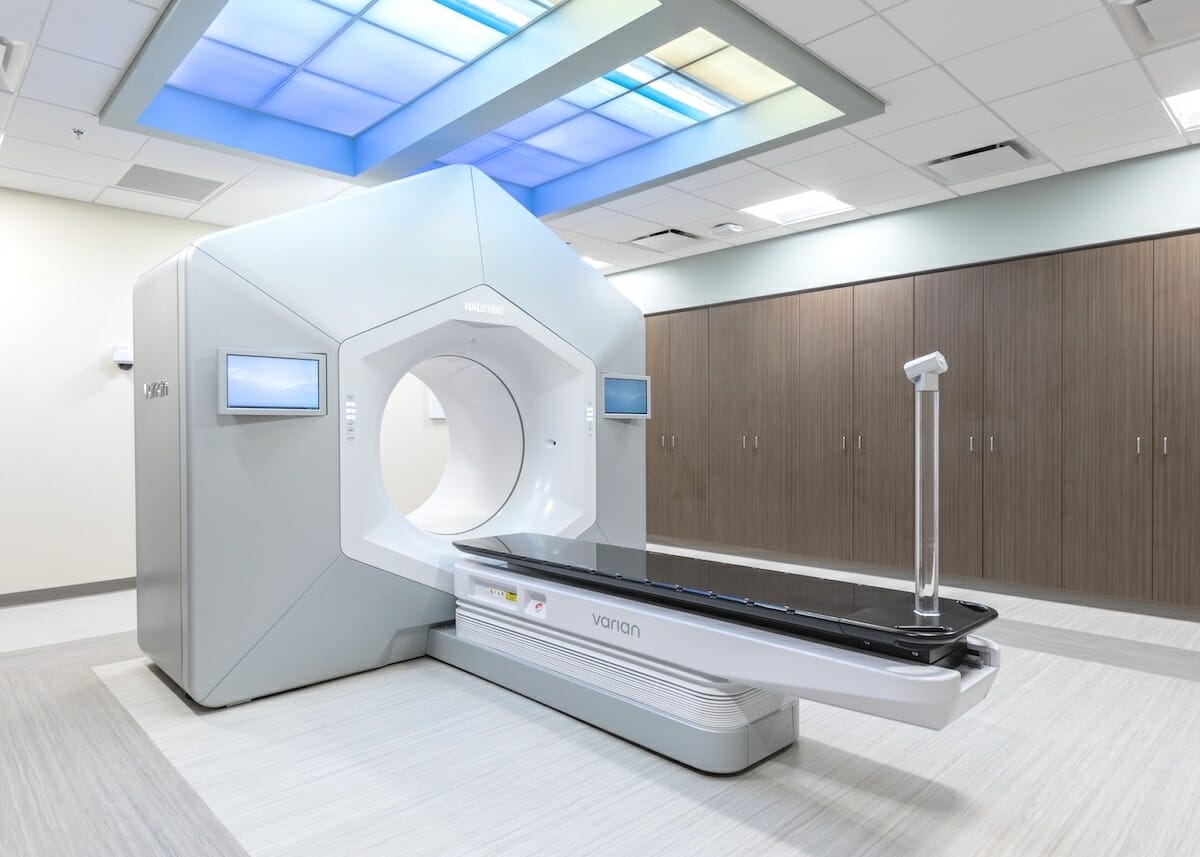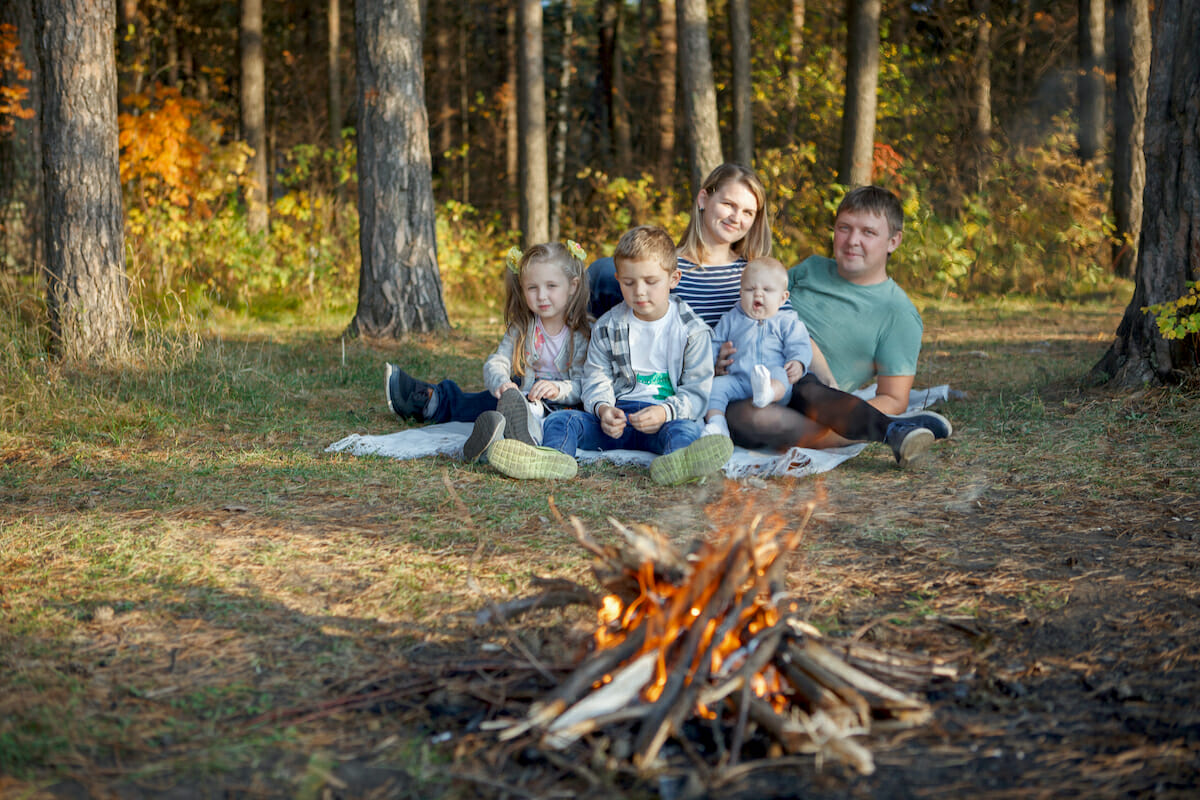| It’s that time of year: costumes, candy, and trick-or-treating. As families celebrate this season, here are a variety of tips to help ensure a safe and fun Halloween. Navigating COVID-19, the Flu, and the Common Cold With COVID-19, the flu, and the common cold circulating all at once, how safe are Halloween activities such as trick-or-treating? There are helpful suggestions about vaccines, mask-wearing, physical distancing and general infection prevention to help keep kids healthy at hopkinsmedicine.org.Healthy Halloween Habits Candy and sweets are common staples for Halloween. But bringing home too many from trick-or-treating or parties can be a scary situation, particularly for some parents of children with diabetes or food allergies. Trick or Treat and allergies This year more Trick or Treaters are looking for inclusive treats than ever before. Recent studies found that 1 in 13 children suffer from a serious allergy, making Halloween more of a trick than a treat for some. 45% of households will be giving out non-candy treats this year Handing out non-candy treats (such as small toys or stickers) can help avoid food allergies, intolerances, or other medical conditions. Majority of respondents plan on giving non-candy treats to better include children with diabetes or other medical conditions. Majority of parents (nearly ¾) limit candy consumption on Halloween By limiting candy consumption, parents can help their kids avoid the dreaded sugar crash, along with health hazards such as stomach aches, vomiting, and diarrhea. Only 14% of adults know the meaning behind “teal” pumpkins Putting a teal pumpkin on your doorstep means you have non-food or allergy-safe treats available, promoting inclusion for trick-or-treaters with food allergies or other sensitivities.Visit the Teal Pumpkin Project https://www.foodallergy.org/our-initiatives/awareness-campaigns/living-teal/teal-pumpkin-project where they share helpful tips to make Halloween a treat for everyone! Handling Spooky Situations Halloween decorations, costumes and movies can be thrilling for some children, but frightening for others. Take your younger children out early just as dusk approaches and an hour is long enough for children under five years. Or host a home Trick or Treat party, where costumes and treats are planned ahead of time. Talk with your children before of the day to help combat fears that they may have. Safe Trick-or-Treating Children and their parents don’t want to spend Halloween in the emergency room. For example, with kids roaming neighborhoods to collect goodies, the risk of a pedestrian-related accident is 43% higher than usual. Also, eating candy may be a choking hazard for small children. Drop a glow stick in your child’s Halloween bag and parents, carry a good flashlight. It’s also wise to have a wagon or stroller available for the younger kids, as they will tire easily. |
| For additional information, visit hopkinsmedicine.org and MedStar Health |
Latest from Health
From staff reports Beaufort Memorial Urology Specialists have added a new board-certified, fellowship-trained urologist specializing in
Special to The Island News For many patients diagnosed with a disease, their first instinct may
Special to The Island News Seasonal allergies are a group of conditions that can cause sneezing,
Special to The Island News Your body goes through a lot to bring a baby into
Special to The Island News Life’s stresses can be overwhelming, but when those stresses get so












